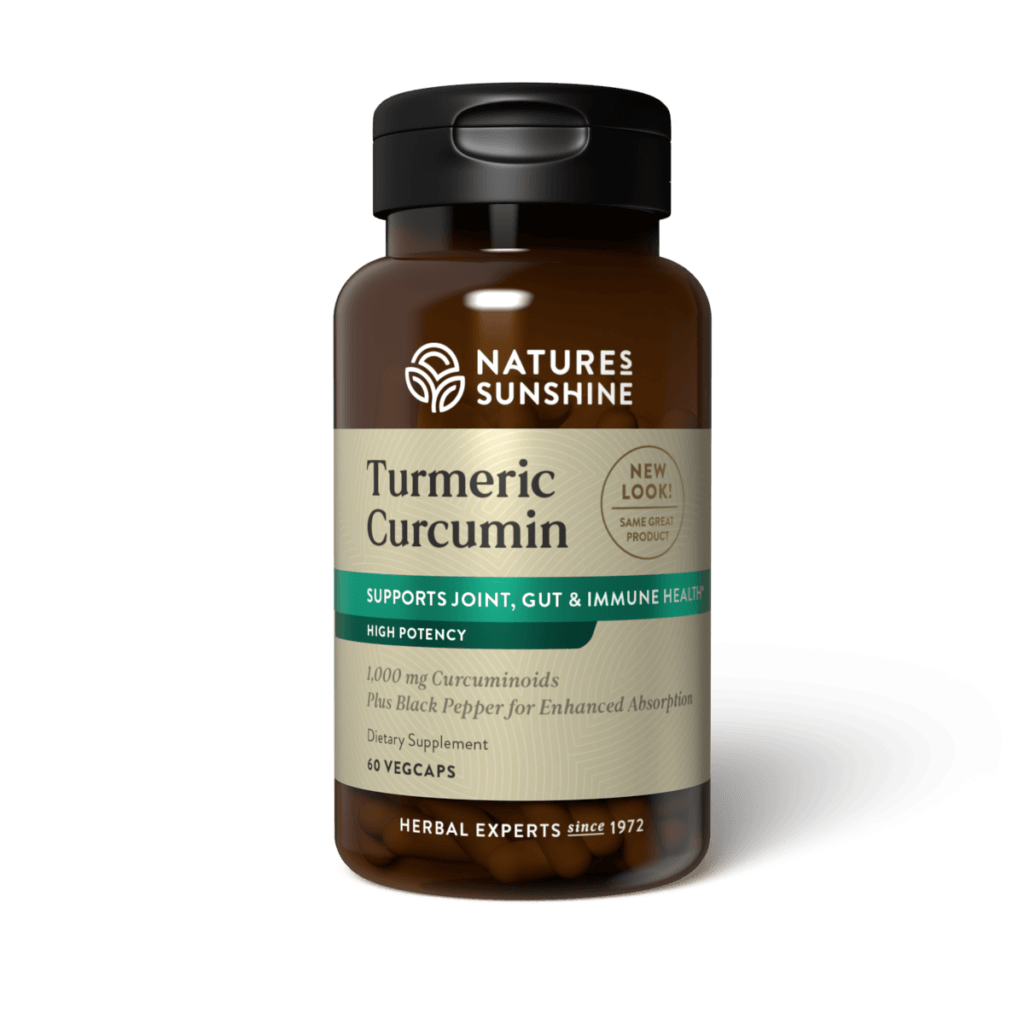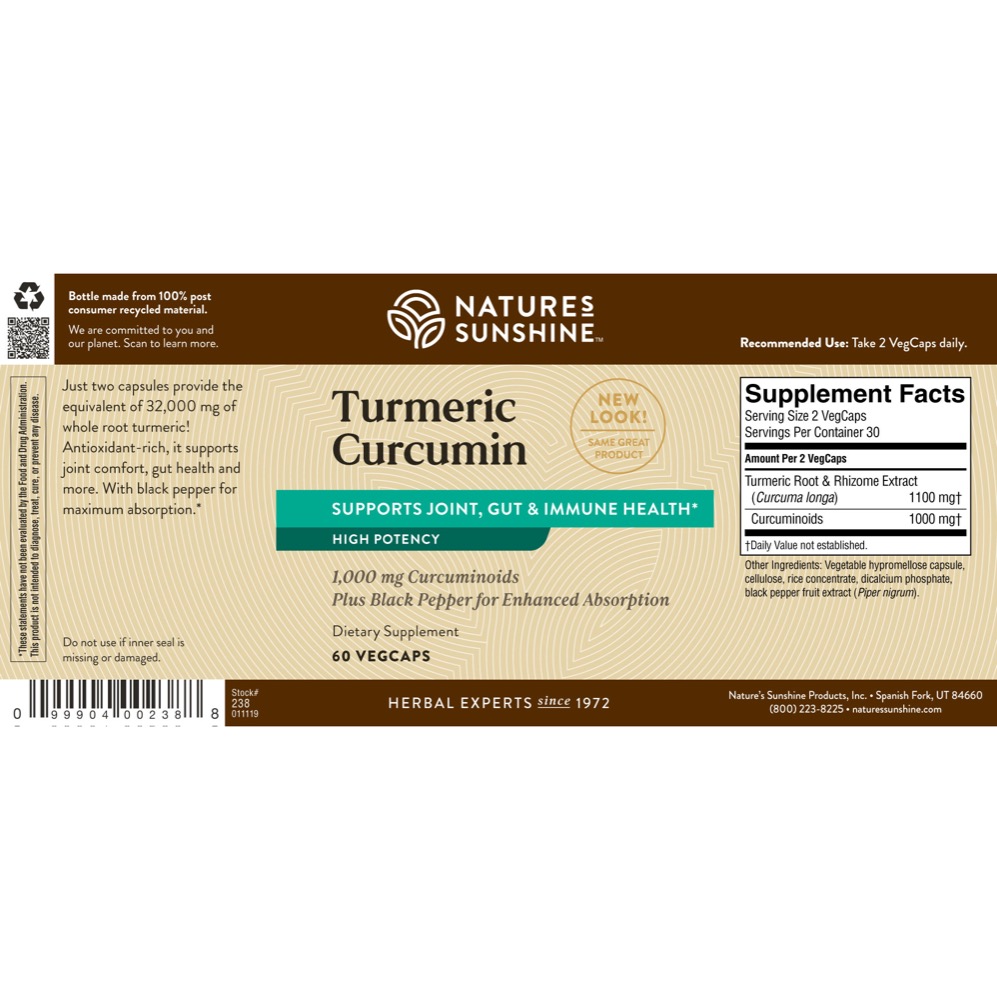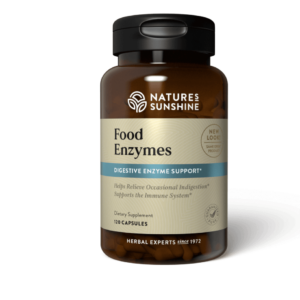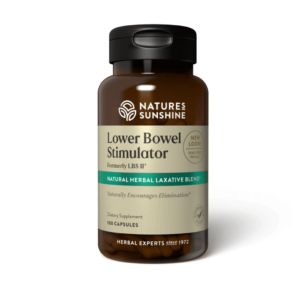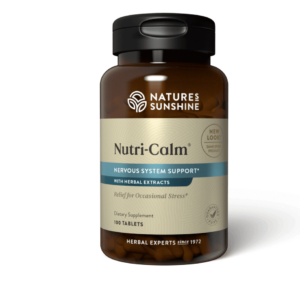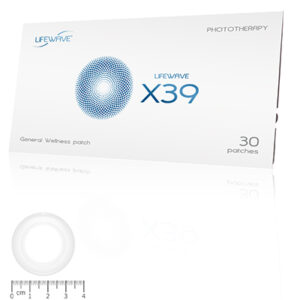Why Our Turmeric Curcumin?
We get our turmeric from an award-winning partner that is highly praised for both its botanical farming and supply-chain transparency. The raw material is cultivated on Indian farmlands with good agricultural practices. As an ingredient, it has been recognized twice by the Nutrition Business Journal. It’s also non-GMO and has well-established sustainability. We double-check that and about 500 other things to bring you the best!
The Story behind Turmeric Curcumin. Turmeric spice has a history that goes back nearly 4,000 years, from the Vedics who cooked with it in India, to its use in religious ceremonies in Southeast Asia, to Susruta’s Ayurvedic Compendium (250 BC) that recommends a turmeric ointment to relieve “the effects of poisoned food.” Marco Polo even described this spice in wonder, apparently stunned that its qualities were so similar to saffron. What’s in a name? Plenty. Today turmeric is cultivated primarily in India where it’s referred to as haldi or manjal. In many languages, people simply call it yellow root. In Sanskrit, there are at least 53 names for turmeric. Some of the most interesting: bhadra (lucky), haridra (dear to hari, Lord Krishna) and jayanti (one that wins over diseases). No matter what you call it, turmeric is currently found in spice cabinets for cooking authentic Indian dishes. And in medicine cabinets for its absolute multitude of health benefits.
INGREDIENTS
Turmeric root (Curcuma longa L.) and rhizome extract and Piper nigrum extract.
RECOMMENDED USAGE
Take 2 vegcaps daily with water.

